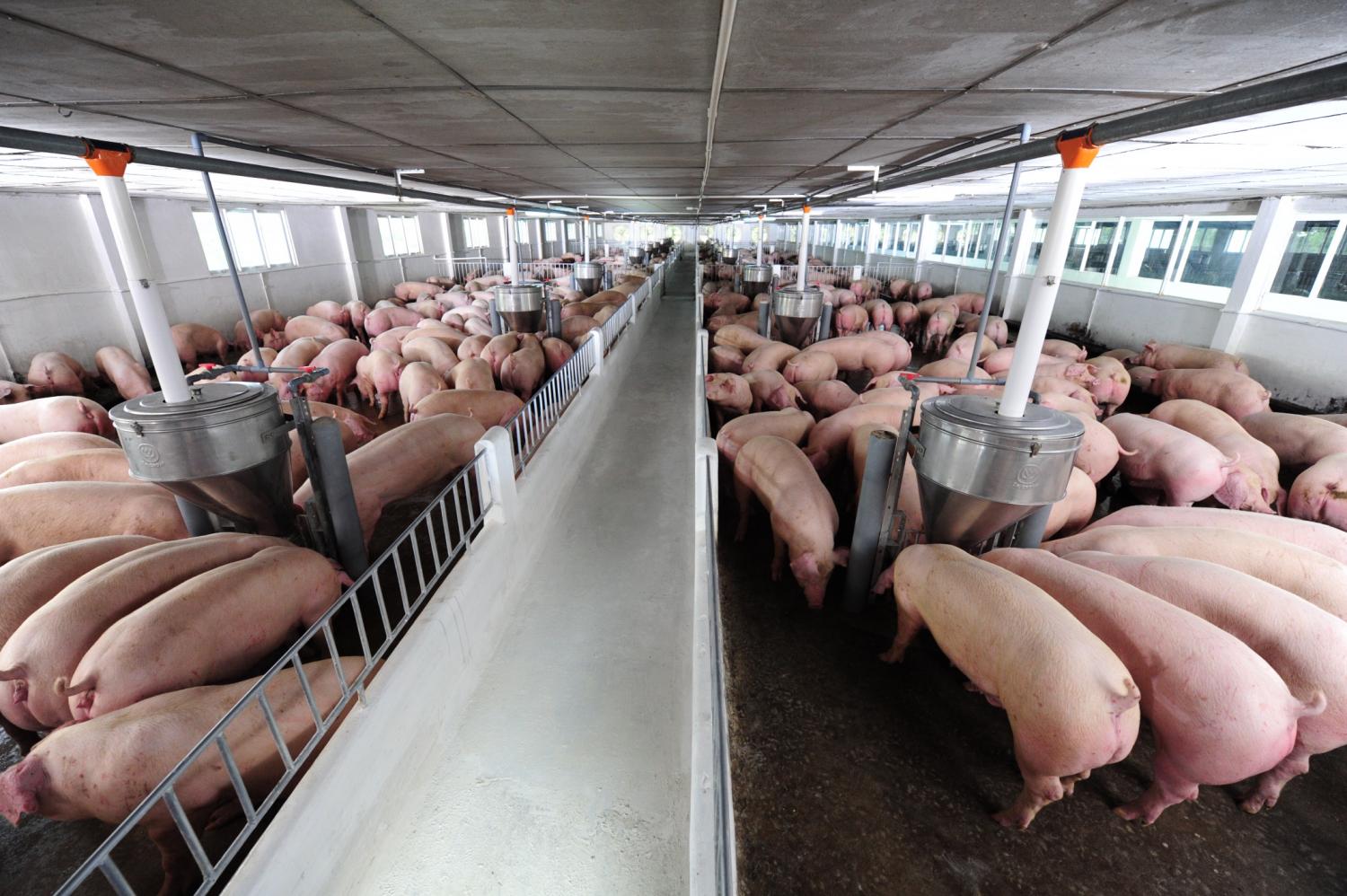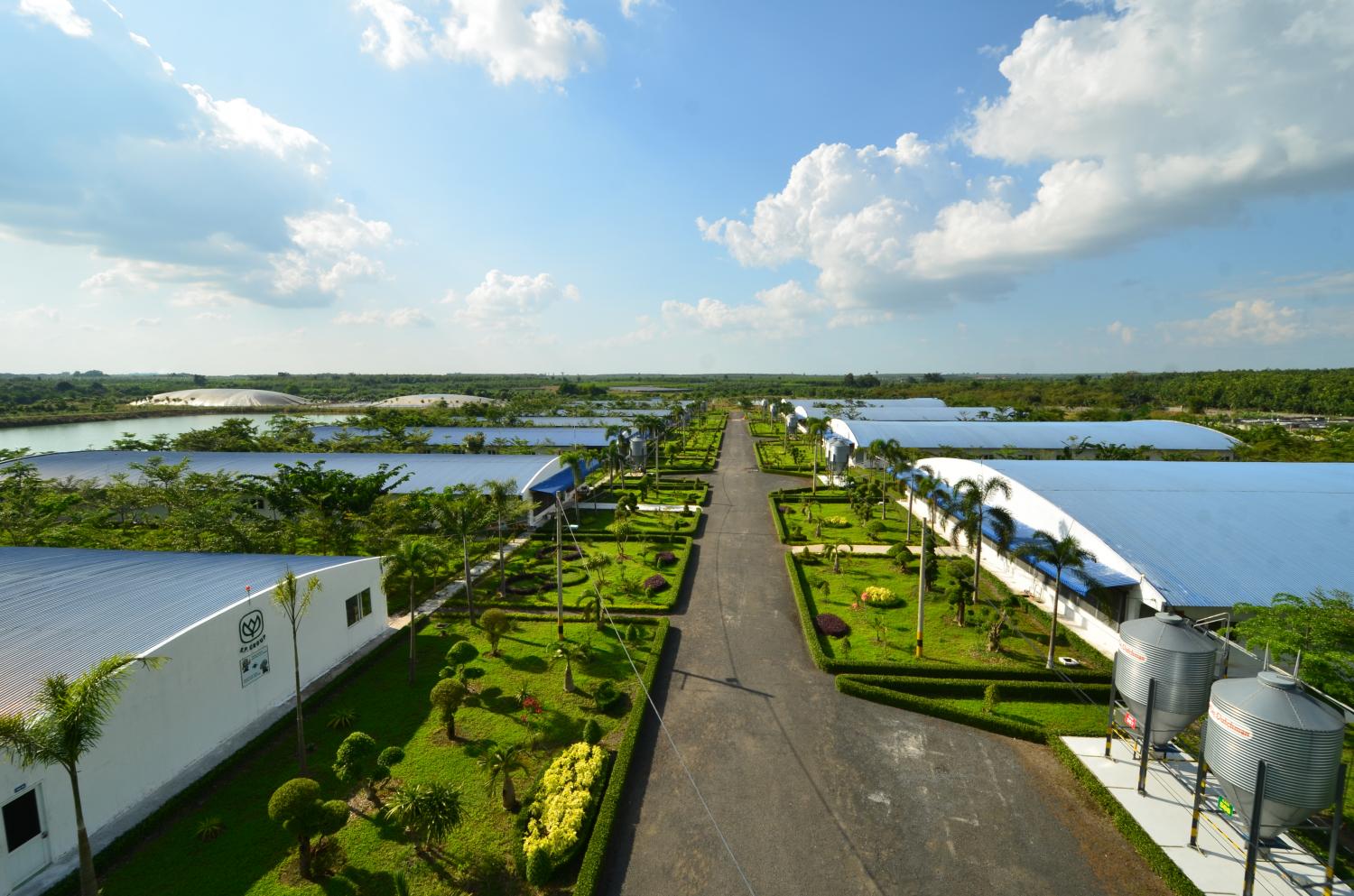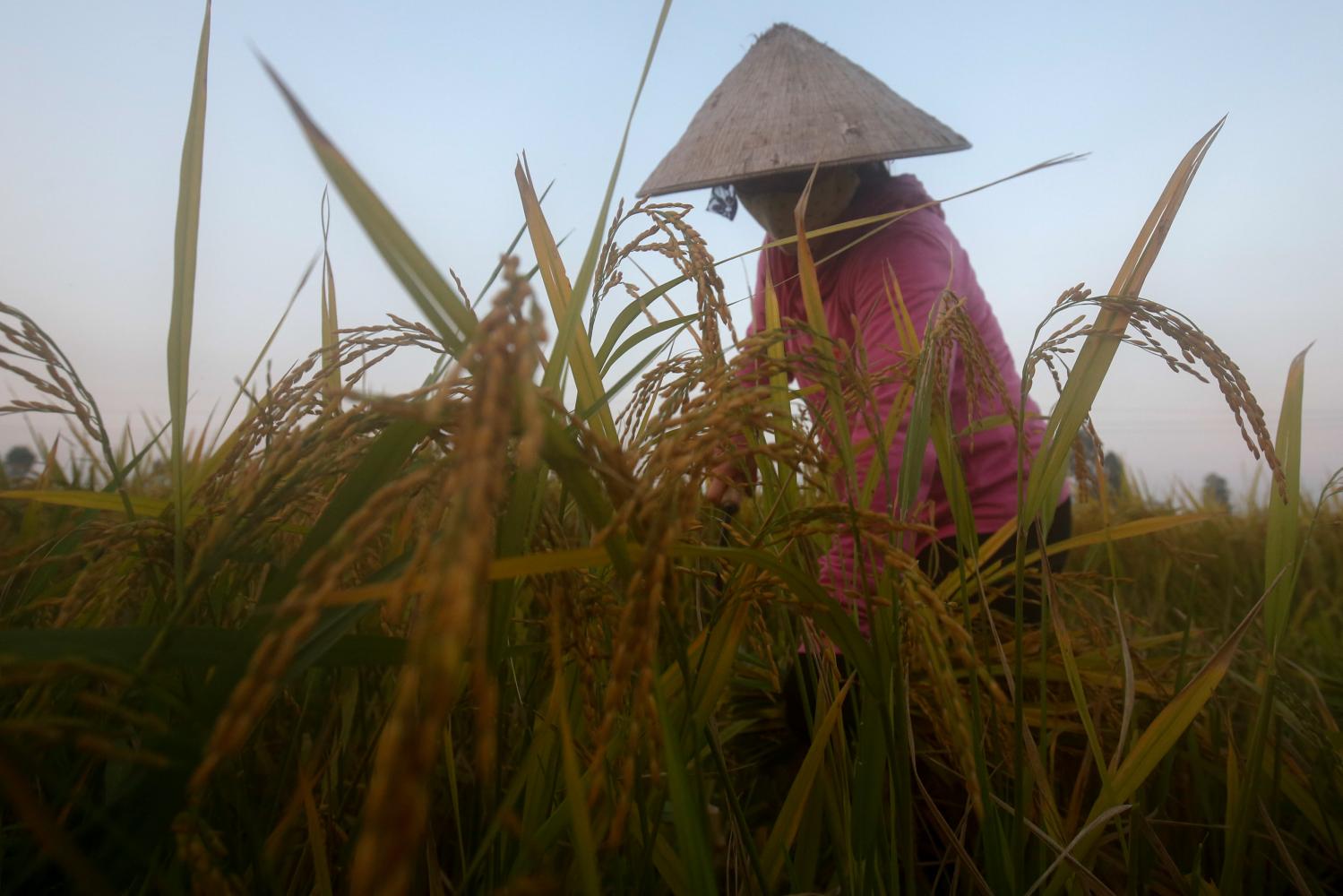
Food is among the necessities of life, and maintaining the complex supply chains that keep us all fed is a challenge at the best of times, let alone during a pandemic. Covid-19 has also changed consumption behaviour, forcing companies of all sizes in the food and agriculture industry to rethink the way they do business.
Agriculture is a significant part of most Southeast Asian economies, accounting for 12.7% of gross domestic product in Indonesia, 7.3% in Malaysia, 8.8% in the Philippines, 8% in Thailand and 14% in Vietnam, according to the World Bank.
Despite new challenges, the food supply chain in Asia has remained resilient during the pandemic, according to a report entitled "Mapping Asia's Food Trade and the Impact of Covid-19" by the research firm Oxford Economics and Food Industry Asia.
However, severe curbs on air travel threaten key routes through which supplies, especially high-value and perishable products, can enter the supply chain. As well, workers in agriculture, food processing and distribution cannot go to work if they are subject to lockdowns. Fortunately, most governments have exempted workers in sectors deemed essential.
Governments are adapting on the fly. In Indonesia, the Food and Drug Administration has released updated guidelines on food safety and sanitation. In Malaysia, the Ministry of International Trade and Industry has consulted with the industry on measures affecting the sector.
Vietnam, meanwhile, restricted some food exports to prevent the potential of price rises in the local market. Even rice exports were banned from late March until May 1.

Tunnee Sinburimsit, associate partner, McKinsey & Company Thailand Photo: Somjade Srimahachota
FACING THE CHALLENGES
Vietnam has won worldwide praise for its success in dealing with the initial outbreak of Covid-19, and a more recent second wave that struck the tourist province of Da Nang. But its agriculture industry has been facing another crisis simultaneously: African Swine Fever (ASF).
"The pig industry is a major part of the food industry in Vietnam," notes Montri Suwanposri, president of Charoen Pokphand (CP) Vietnam, a subsidiary of the Thai agribusiness giant CP Group.
Pork accounts for 73% of meat consumption in the country, where per capita pork consumption is 30.34 kilogrammes annually, about three times that of Thailand.
As with Covid-19, "There is no vaccine for ASF", said Mr Montri. The lethal and highly contagious disease has been known for years, originating from Africa and spreading to Europe, then to Russia and China. It entered Vietnam via land borders and spread throughout the country.
"Despite tightened protective measures by the Vietnamese government, once the disease strikes, the death toll is unavoidable," he added.
Measures on farms are being strengthened, starting from the gates by restricting the number of people getting in and out. "Who is on the farm, stays on the farm," he said.
Farm zoning is used, with nets and disinfection booths, and to reduce contamination, pig feed is transported and delivered by silo trucks and fed through automatic pipes. "The same measures are installed in all of our partner farms," said Mr Montri.
Even though Vietnam is a major producer, small-scale farmers account for almost 50% of the pigs raised in the country, he said.
After losing nearly 6 million pigs, or 23% of the entire herd to ASF last year, Vietnam saw the disease recurring this year. As of August, 43,150 pigs were dead and culled, leading to reduced pork production and unprecedented price spikes.
To solve the crisis, Mr Montri said, the government is promoting pork imports and supporting the repopulation of swine herds to address domestic market and price issues.
Shrimp farming is another major industry in Vietnam, which is the world's third-largest shrimp exporter, according to Mr Montri. And while the domestic shrimp market didn't feel much impact from the pandemic, the export industry took a hard hit because of export restrictions.
Having experienced ASF, Mr Montri said CP realised the urgency of preventive measures needed to deal with Covid-19.
He said the company has been working closely with the government of Vietnam to address both ASF and Covid. "We provide the information we know about ASF to the government, when it first occurred and how to protect and deal with it, while the government provides support for doing business."

CP Vietnam wants to add more value to its pork products.
NOW TRENDING
As Southeast Asia starts to emerge from the pandemic, policymakers are looking at ways to drive sustainable economic growth. Building high-value food industries is one of five growth levers identified in a recent McKinsey & Company report, "Reimagining Emerging Asean in the Wake of Covid-19".
The other four are advancing as manufacturing hubs, investing in basic and green infrastructure, preparing for a digital future, and facilitating reskilling on a large scale.
"These five trends actually support each other," said Tunnee Sinburimsit, an associate partner with McKinsey Thailand, explaining the context in which this can be seen.
Intra-Asian trade has increased fourfold between 2000 and 2017 whereas global trade increased only 2.8 times, Ms Tunnee pointed out, with Asean witnessing robust consumption growth for the past two decades.
In addition, 67% of business leaders in Europe and 80% in the US are looking to diversify sourcing and labour-intensive production away from China, according to global research by QIMA, and now all eyes are on Asean.
Advancing manufacturing hubs will attract trade and investment to the region, and also supports investment in green infrastructure and digital transformation.
"Agriculture also plays an important role in Southeast Asia," said Ms Tunnee, identifying two paths for growth: boosting small farmers' productivity to aid competitiveness of local upstream production, and expanding into the downstream part of the value chain.
Smallholders in particular need greater access to technology and management systems as well as working capital, and in many cases government action is needed to help this process along.
Policies are needed to support the availability of tailored financial products for smallholders, a digital ecosystem to easily connect farmers with microloans, financial advice and information, as well as local and global market access.
The agriculture sector can adopt more technology to improve productivity and ensure food security. However, a workforce with essential skills is necessary in order to achieve broader goals such as adding value.
Expanding into more downstream areas enables greater value capture. This can be done through processing, packaging and retail processes.
In emerging Asia where millions more people enter the middle class every year, and more people live in cities, packaged food is a big opportunity.
"The room for growth for packaged food is high," said Ms Tunnee, noting that Asean countries' packaged food consumption is lower than the global average except in Malaysia.
Packaged food consumption in the Philippines and Thailand is about 58% and 60% respectively of total food and beverage sales, compared with 77% in China and 81% in the UK, she said.
To head further downstream, McKinsey says, policies are needed to draw investment in areas such as digital marketplaces to facilitate international food supply trade.

"The ready-to-eat food market is still new in Vietnam but it is growing fast," says Montri Suwanposri, president of Charoen Pokphand Vietnam. SUPPLIED
TO THE FUTURE
"The food industry is booming with accelerating growth," said CP's Mr Montri. In the past, household consumption was the main driving factor but as household incomes increase, restaurants and ready-to-eat meals have expanded.
"The more income people earn, the more convenience will follow," he noted.
People want food that is convenient, fast and hygienic, and still tasty. Every company in the industry always has to bear these needs in mind, said Mr Montri.
Fast and convenient access is essential, with internet penetration and online delivery platforms raising consumer expectations for satisfaction.
"The ready-to-eat food market is still new in Vietnam but it is growing fast," said Mr Montri, adding that CP Vietnam is tapping the trend.
"We are trying to process what we have", including poultry, pigs, fish products and shrimp, into more foods that can be distributed in various channels, both online and offline.
To effectively persuade consumers to buy packaged food, it requires availability, channels, awareness and product innovation that suits what consumers are looking for, said Ms Tunnee.
"Pricing and affordability are also crucial factors in emerging Asean countries," she said.
"Channels of distribution have changed due to Covid-19. … Online channel adoption has increased significantly," she said, pointing out that companies need to catch up with this change.
At the upstream stage, meanwhile, artificial intelligence (AI) and data analytics can be used to help farmers avoid costly and time-intensive trials.
AI can interpret images of crops to determine which crops are ready for harvest, as well as to forecast weather so that planting schedules can be adapted.
In the downstream stage, AI is being used to help food manufacturers and retailers sort products with diverse shapes, especially crops, to minimise sorting time and remove spoiled food.
These algorithms can also help forecast sales and demand, enabling retailers to adjust supplies on the fly.
Online e-commerce platforms, for example Alibaba and Taobao in China, can also help connect farmers with customers so that sellers know the exact demand for products.
In Ms Tunnee's view, these platforms can help fill the logistics gaps in the journey of delivering products to customers' tables.

A farmer harvests rice outside Hanoi. Vietnam briefly banned rice exports earlier this year to reduce the risk of price rises from supply shortages after the initial outbreak of Covid-19. Photo: Reuters